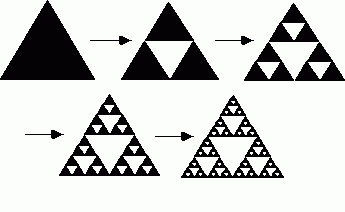It would be very enlightening if you would comment on the Nassim Nicholas Taleb (“The Black Swan”) attack on the use of Gaussian (normal bell curve) mathematics as the foundation of finance. As you may know, Taleb is a fan of Mandelbrot, whose mathematics account for fat tails. He argues that the bell curve doesn’t reflect reality. He is also quite critical of academics who teach modern portfolio theory because it is based on the assumption that returns are normally distributed. Doesn’t all this imply that academics should start doing reality-based research?
EFF: Half of my 1964 Ph.D. thesis is tests of market efficiency, and the other half is a detailed examination of the distribution of stock returns. Mandelbrot is right. The distribution is fat-tailed relative to the normal distribution. In other words, extreme returns occur much more often than would be expected if returns were normal.
There was lots of interest in this issue for about ten years. Then academics lost interest. The reason is that most of what we do in terms of portfolio theory and models of risk and expected return works for Mandelbrot’s stable distribution class, as well as for the normal distribution (which is in fact a member of the stable class). For passive investors, none of this matters, beyond being aware that outlier returns are more common than would be expected if return distributions were normal.
For other applications, however, the difference can be critical. Risk management by financial institutions is a good example. For example, portfolio insurance, which was the rage in the early 1980s, bombed in the crash of October 1987, because this was an event that was inconceivable in their normality based return model. The normality assumption is also likely to be a serious problem in various kinds of derivatives, where lots of the price is due to the probability of extreme events. For example, news story accounts suggest that AIG blew up because its risk model for credit default swaps did not properly account for outlier events.
KRF: I agree with Gene, but want to make another point that he is appropriately reluctant to make. Taleb is generally correct about the importance of outliers, but he gets carried away in his criticism of academic research. There are lots of academics who are well aware of this issue and consider it seriously when doing empirical research. Those of us who used Gene’s textbook in our first finance course have been concerned with this fat-tail problem our whole careers. Most of the empirical studies in finance use simple and robust techniques that do not make precise distributional assumptions, and Gene can take much of the credit for this as well, whether through his feedback in seminars, suggestions on written work, comments in referee reports, or the advice he has given his many Ph.D. students over the years.
The possibility of extreme outcomes is certainly important for things like risk management, option pricing, and many complicated “arbitrage” strategies. Investors should also recognize the potential effect of outliers when assessing the distribution of future returns on their portfolios. None of this implies, however, that the existence of outliers undermines modern portfolio theory or asset pricing theory. And the central implications of modern portfolio theory and asset pricing—the benefits of diversification and the trade-off between risk and return—remain valid under any reasonable distribution of returns.


